The Truth About Black Mold
Black Mold
Black mold, scientifically known as Stachybotrys chartarum, has earned a notorious reputation for its potential health hazards and structural implications. In this blog post, we'll delve into the facts about black mold, its characteristics, health risks, and effective strategies for prevention and remediation.
Understanding Black Mold:
Characteristics:
Black mold is easily recognizable by its dark greenish-black color. It typically thrives in damp and humid environments, making it a common issue in areas with water damage, leaks, or poor ventilation. Identifying black mold early is crucial for prompt intervention.
Preferred Environment:
Black mold prefers materials with high cellulose content, such as drywall, wood, and paper. It thrives in areas with persistent moisture, making basements, attics, and bathrooms common breeding grounds.
Health Risks Associated with Black Mold:
Respiratory Issues:
Exposure to black mold can lead to respiratory problems, especially in individuals with allergies or pre-existing respiratory conditions. Symptoms may include coughing, sneezing, wheezing, and irritation of the eyes and throat.
Allergic Reactions:
Black mold can trigger allergic reactions, causing symptoms like nasal congestion, skin rashes, and watery eyes in sensitive individuals.
Chronic Health Conditions:
Prolonged exposure to black mold has been associated with more severe health issues, including chronic sinusitis, fatigue, and persistent headaches.
Prevention Strategies:
Moisture Control:
Since black mold thrives in damp environments, controlling moisture is paramount. Address leaks promptly, improve ventilation, and maintain optimal humidity levels in your home.
Regular Inspections:
Conduct regular inspections of areas prone to mold growth, such as basements, attics, and bathrooms. Look for signs of water damage, discoloration, or musty odors.
Proper Ventilation:
Ensure proper ventilation in all areas of your home. Use exhaust fans in kitchens and bathrooms to expel humid air, and consider the installation of dehumidifiers in particularly damp spaces.
Remediation Strategies:
Professional Assistance:
Black mold remediation is a task best left to professionals. They have the expertise, equipment, and protective gear to safely handle and remove mold.
Isolation:
Before remediation begins, isolate the affected area to prevent the spread of mold spores to other parts of the home. Use plastic sheeting and seal off doorways.
Protective Gear:
When dealing with black mold, wear protective gear, including gloves, goggles, and a high-quality respirator, to minimize direct contact and inhalation.
Thorough Cleaning:
Clean and disinfect the affected area thoroughly. This may involve removing and replacing contaminated materials like drywall or insulation.
Conclusion:
Black mold is a formidable adversary that demands swift and decisive action. Understanding its characteristics, health risks, and implementing effective prevention and remediation strategies is crucial for maintaining a healthy home environment. Regular inspections, moisture control, and professional remediation are key elements in the battle against black mold, ensuring the well-being of your home and those who inhabit it.

